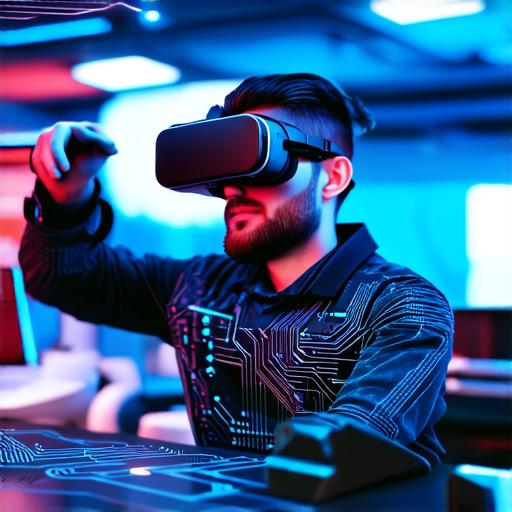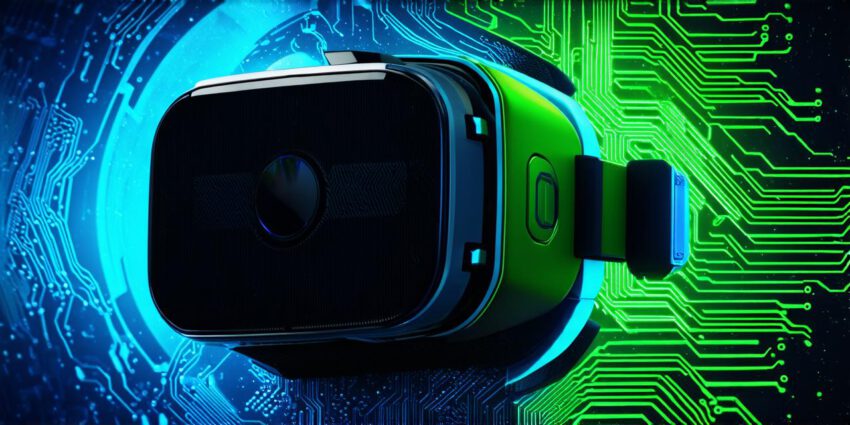Virtual reality (VR) is a rapidly growing technology that is changing the way we interact with digital content. It has already found its way into various industries, such as entertainment, education, and healthcare. In recent years, VR has also started to gain popularity in the mobile gaming industry.
Stage 1: Conceptualization and Design

The first stage in the VR development process is conceptualization and design. This involves brainstorming ideas for a VR game and creating a detailed design document that outlines the game’s mechanics, levels, characters, and other important elements. The design document should also include a plan for how players will interact with the VR environment and how they will progress through the game.
One of the key considerations during this stage is the target audience. Mobile gaming apps that incorporate VR are typically aimed at younger audiences who are more likely to be interested in immersive experiences. It is important to keep this in mind when designing a VR game and to ensure that it is age-appropriate and engaging for its intended audience.
Case Study: Angry Birds VR
Angry Birds, the popular mobile gaming app, recently released a VR version of their game. The design process for this game involved creating a detailed plan for how players would interact with the VR environment and how they would progress through the game. The developers also had to consider how to optimize the game for mobile devices and ensure that it was accessible to a wide range of players.
Stage 2: Development
The development stage is the most critical phase in the VR development process. This involves creating the actual VR environment, integrating the various game mechanics and elements, and testing the game to ensure that it runs smoothly and is bug-free.
During this stage, developers need to pay close attention to the technical aspects of VR development, such as hardware requirements and performance optimization. They also need to ensure that the game is optimized for mobile devices, which can have limited processing power and memory.
Case Study: Beat Saber
Beat Saber is a popular VR music rhythm game that has gained popularity among gamers of all ages. The development process for this game involved creating a detailed plan for how players would interact with the VR environment and how they would progress through the game. The developers also had to optimize the game for mobile devices, which allowed them to reach a wider audience.
Stage 3: Testing and Quality Assurance
The testing and quality assurance stage is crucial in ensuring that the VR game is free from bugs and glitches and runs smoothly on all platforms. This stage involves rigorous testing of the game on various devices and hardware configurations to identify and fix any issues that may arise.
During this stage, developers also need to pay attention to user experience (UX) and ensure that the game is easy to use and navigate for players. They should also consider implementing features such as achievements and leaderboards to incentivize players to continue playing and improving their skills.
Case Study: Tilt Brush
Tilt Brush is a VR painting app that has gained popularity among artists and creators. The testing and quality assurance stage for this game involved rigorous testing on various devices and hardware configurations to ensure that the game ran smoothly and was free from bugs. The developers also implemented features such as achievements and leaderboards to incentivize players to continue creating and sharing their artwork.

